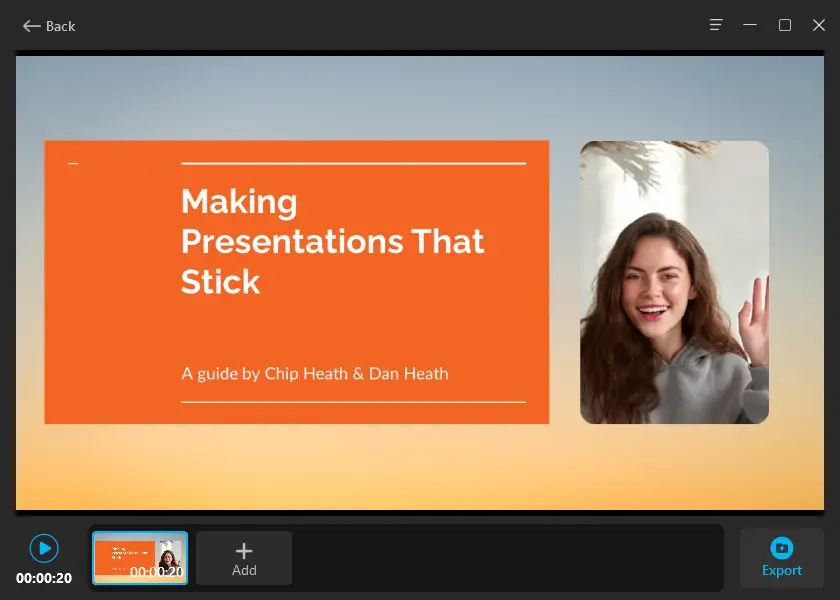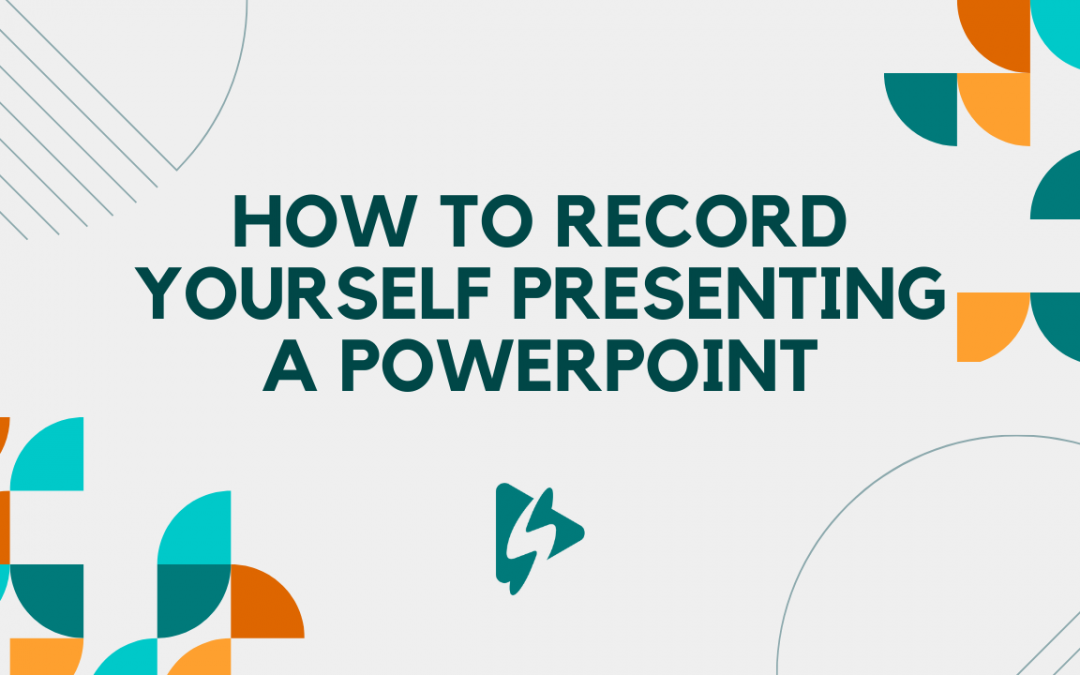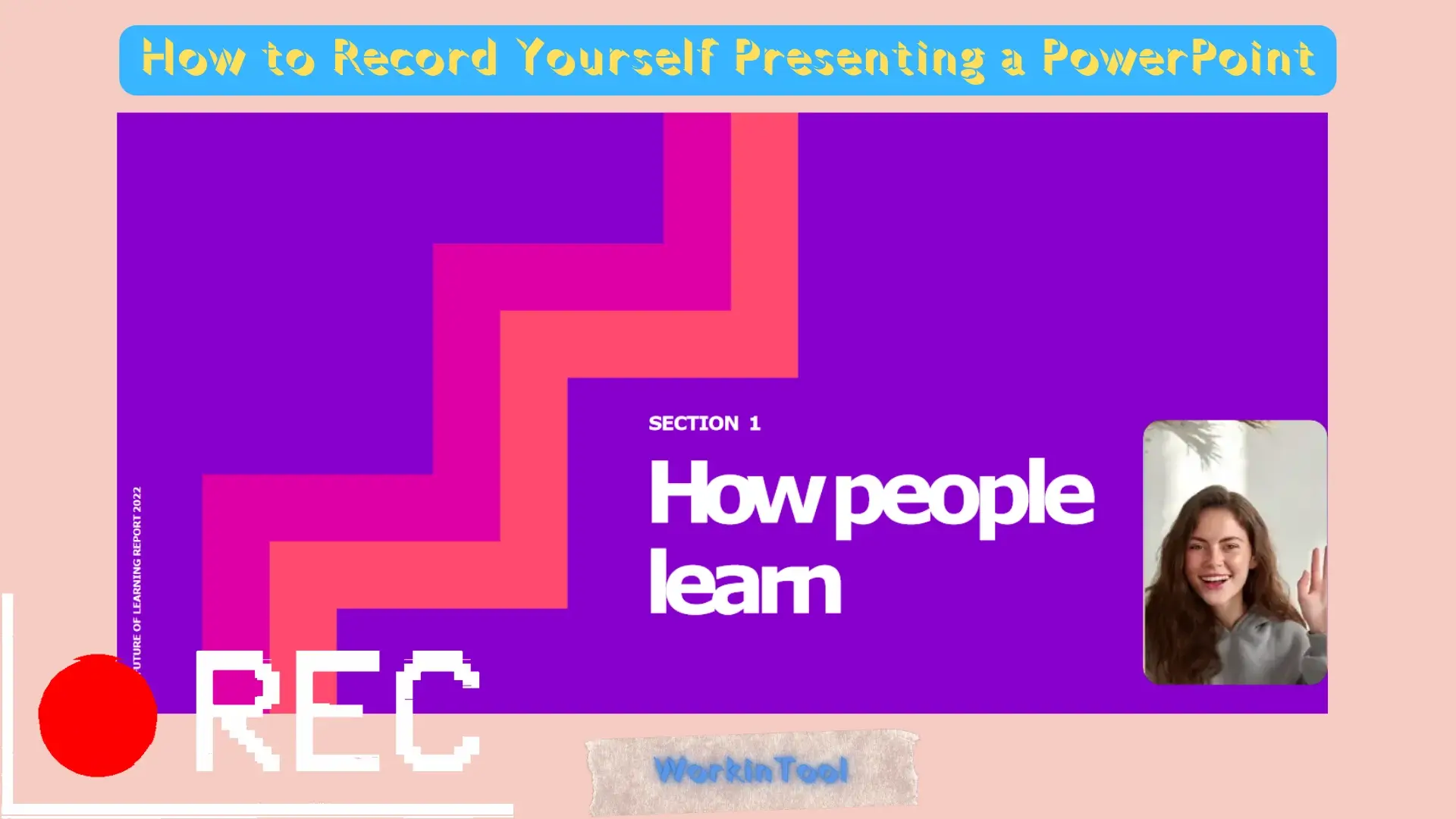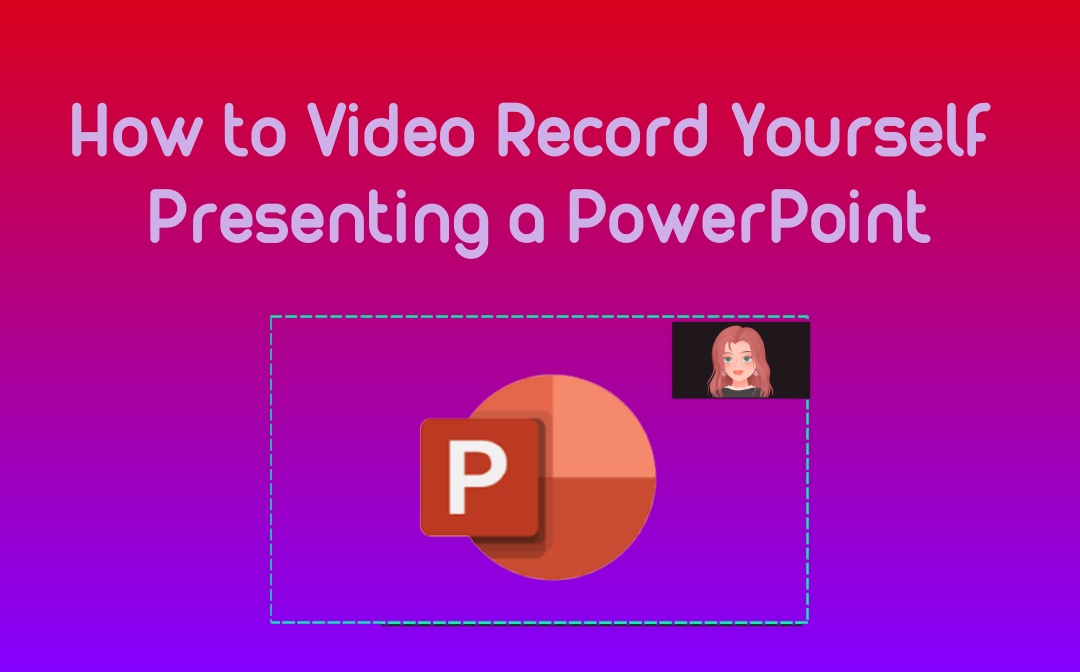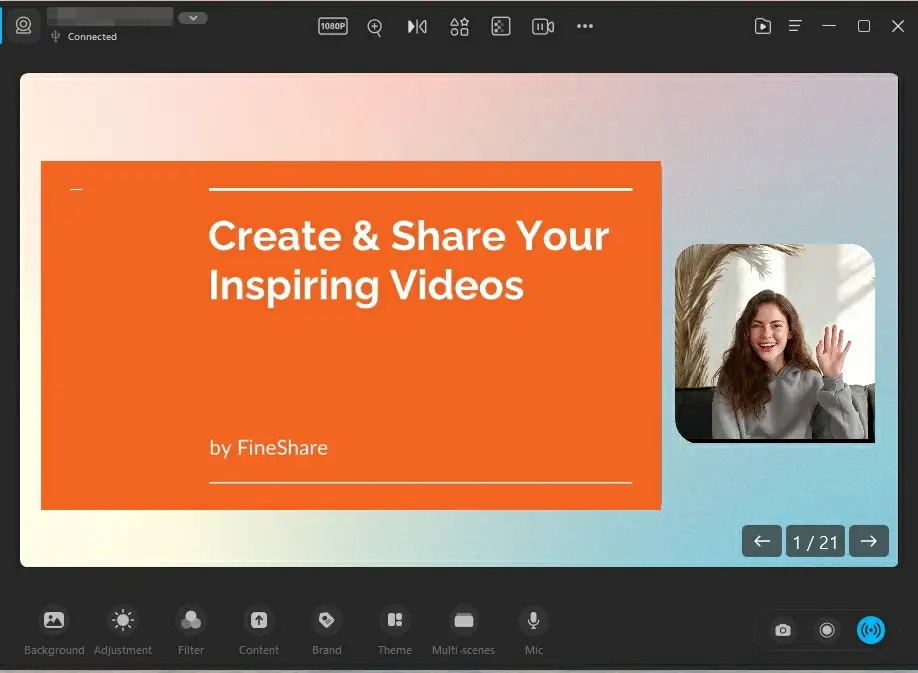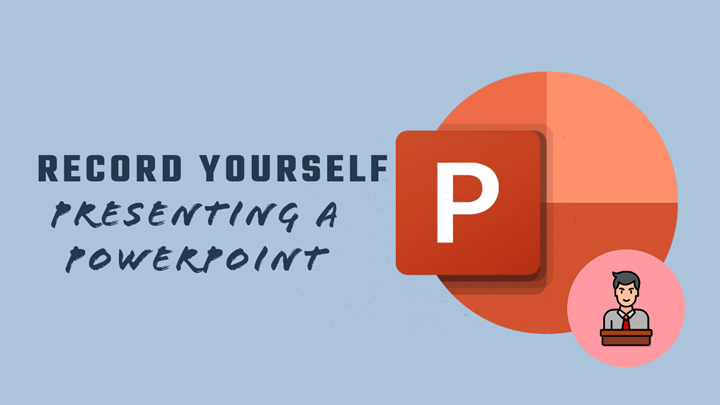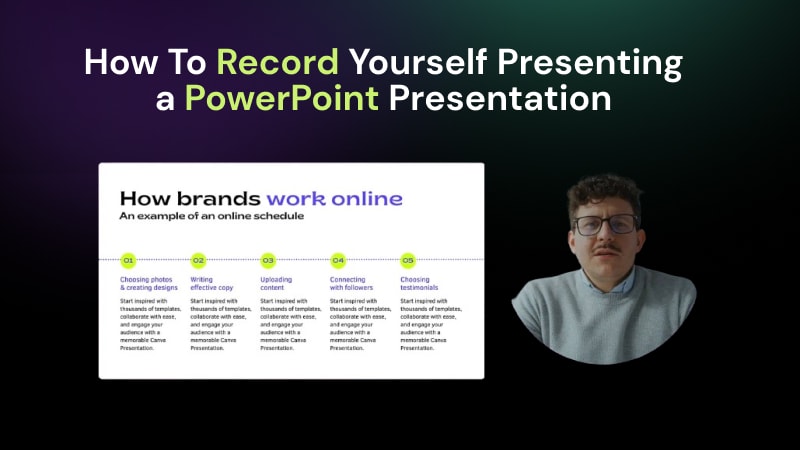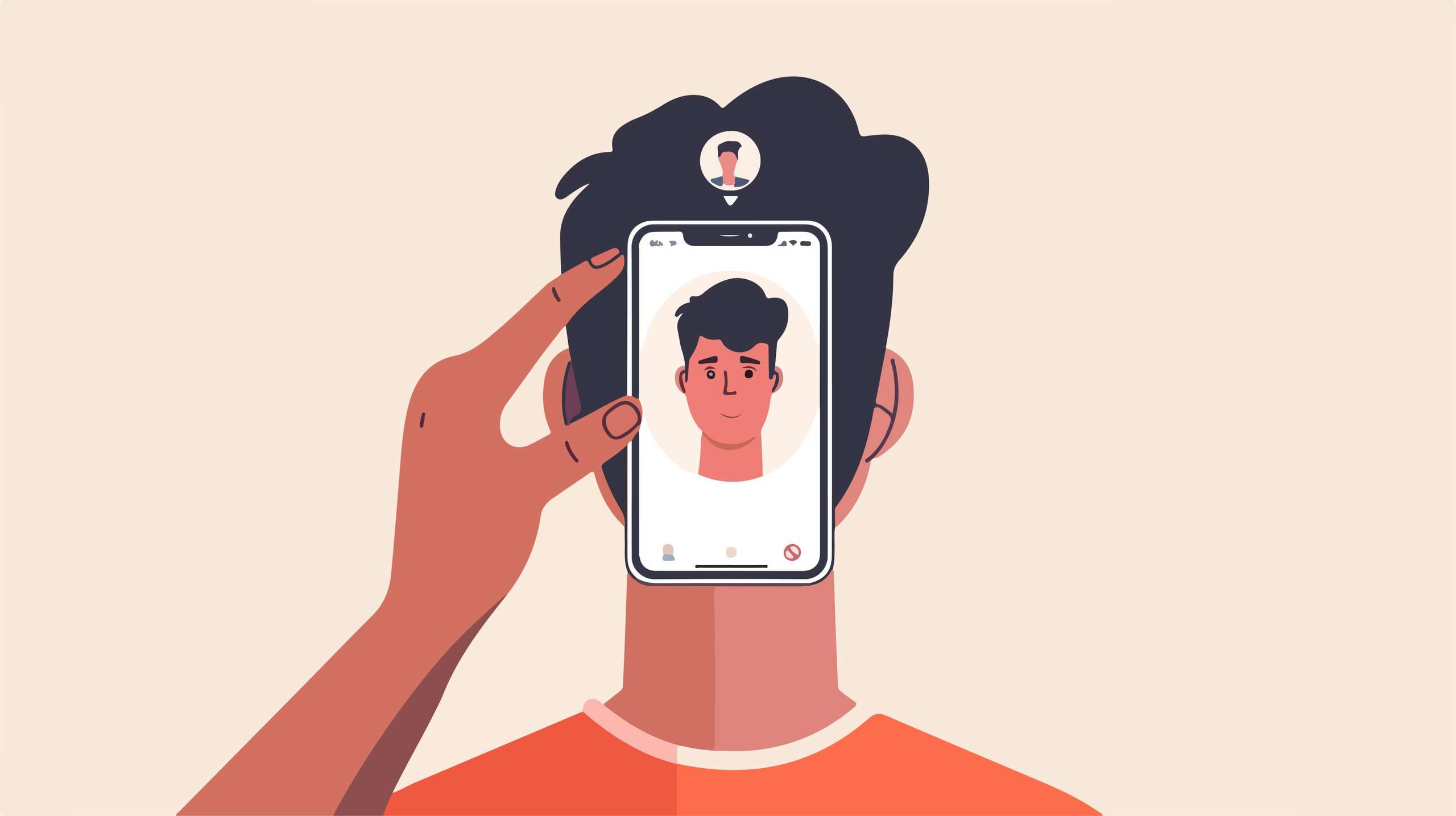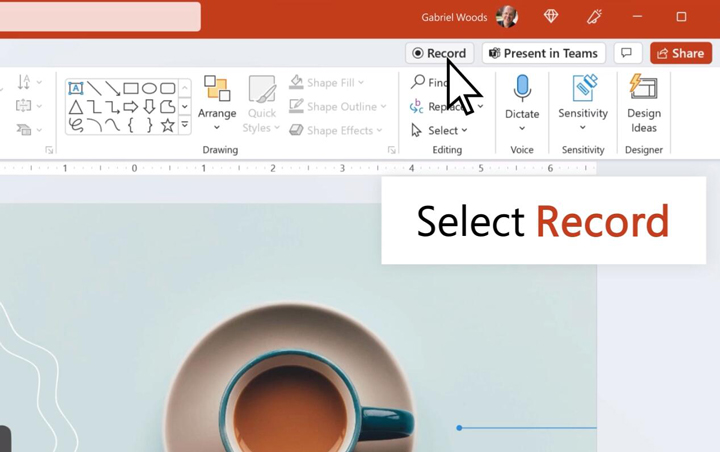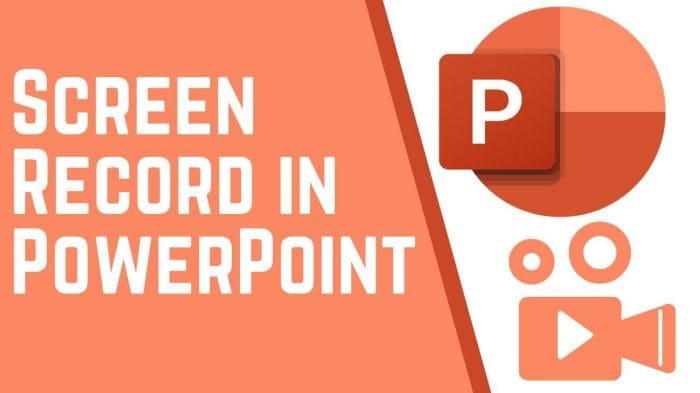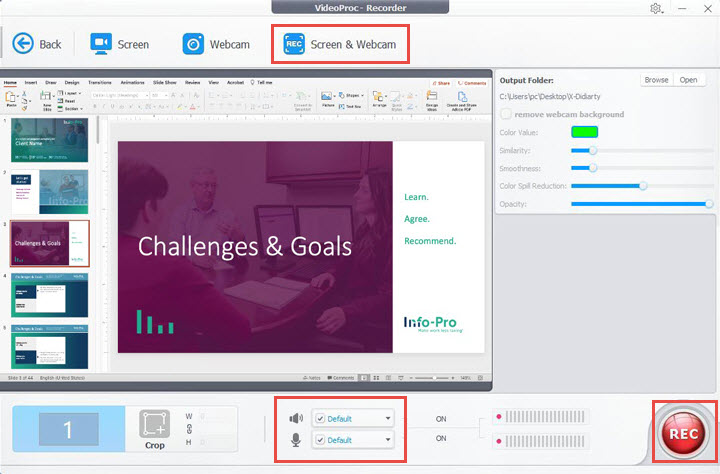Record Yourself Presenting Powerpoint

The practice of recording oneself presenting PowerPoint slides is experiencing a surge in popularity across various sectors, from education to corporate training.
This trend, fueled by advancements in technology and a growing demand for flexible learning and communication solutions, is reshaping how information is delivered and consumed. We will dissect the phenomena in this article.
The Rise of Recorded Presentations
Recording PowerPoint presentations involves creating a video of oneself narrating and explaining the slides. This often includes screen recording software, webcam integration, and tools for editing and annotation.
The “who” involves presenters of all kinds - educators, trainers, business executives, and students are all adopting this technique. The “what” is the recorded PowerPoint presentations themselves.
The “where” is virtually everywhere, as the recordings are accessible online and shared across digital platforms. The “when” is now, with this trend gaining significant traction in recent years.
Driving Factors Behind the Trend
Several factors contribute to the increasing adoption of recorded presentations. Flexibility and Accessibility are key drivers, allowing audiences to consume content at their own pace and convenience.
According to a 2023 report by Research and Markets, the e-learning market, a significant beneficiary of this trend, is projected to reach $325 billion by 2025.
Improved technology also helps. User-friendly screen recording software and affordable webcam equipment have made recording presentations accessible to a broader audience.
Impact on Education
In education, recorded lectures provide students with a valuable resource for reviewing course material. This is extremely helpful for students to retain the important subject matter.
Students can pause, rewind, and re-watch sections they find challenging, leading to improved comprehension and retention. Many universities are now incorporating recorded lectures as a standard component of their online and hybrid courses.
Dr. Emily Carter, a professor at the University of California, Berkeley, noted in a recent interview, “Recorded lectures have significantly improved student engagement and performance in my online courses. Students appreciate the ability to learn at their own pace.”
Corporate Training and Communication
Businesses are leveraging recorded presentations for employee training, product demonstrations, and internal communications. Companies can efficiently deliver consistent messaging to a geographically dispersed workforce by recording a PowerPoint presentation and sending it to employees.
This approach reduces travel costs and scheduling conflicts associated with traditional in-person training sessions. IBM, for example, uses recorded presentations extensively for onboarding new employees and providing ongoing training on new software and procedures.
The benefits extend to external communications as well. Recording presentations allows companies to create engaging product demos and marketing materials that can be shared with potential customers online.
Potential Challenges and Considerations
Despite the numerous benefits, there are also challenges associated with recorded presentations. Ensuring high-quality audio and video is essential to maintain audience engagement.
Poor sound quality or blurry visuals can detract from the message and reduce the effectiveness of the presentation. Another consideration is the time and effort required to create a well-produced recording.
Planning the content, preparing the slides, recording the presentation, and editing the video can be time-consuming. Presenters may also need to develop new skills in video editing and presentation delivery.
Looking Ahead
The trend of recording PowerPoint presentations is likely to continue its upward trajectory. As technology evolves and digital communication becomes increasingly prevalent, recorded presentations will become an even more integral part of education, business, and other sectors.
The rise of AI-powered tools for video editing and presentation creation will further streamline the process, making it easier for individuals and organizations to create high-quality recordings. This will enable wider adoption of this technology.
In conclusion, recording oneself presenting PowerPoint slides represents a significant shift in how information is shared and consumed. This method offers undeniable flexibility and accessibility. As we move forward, expect to see continued innovation in this area.
